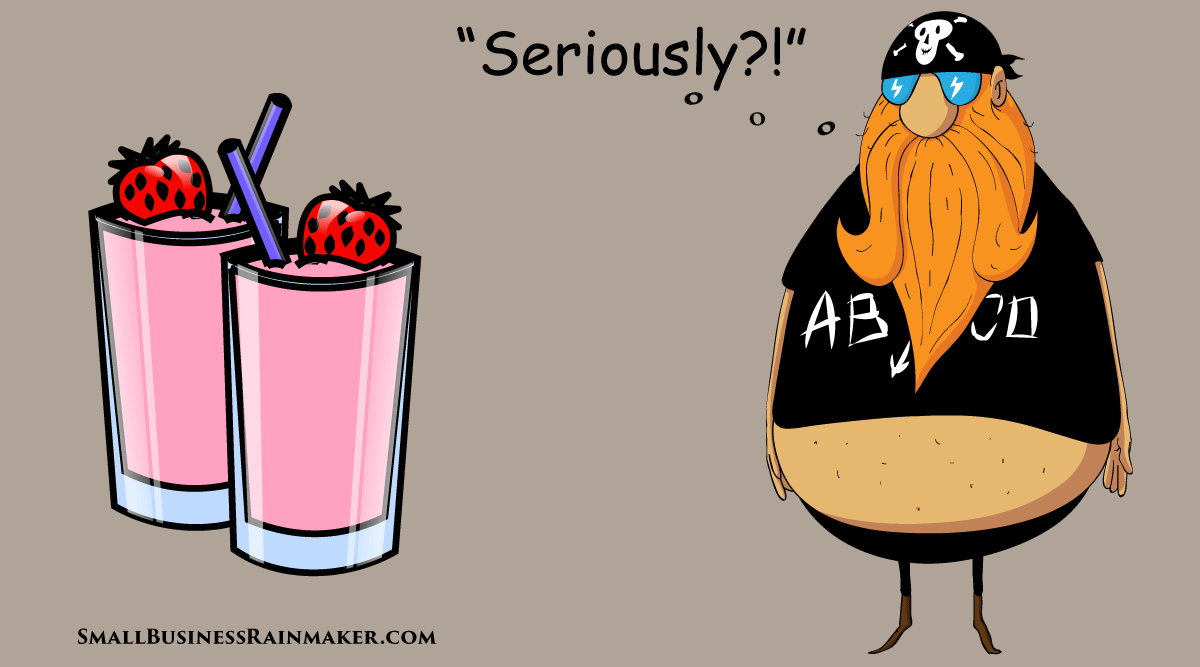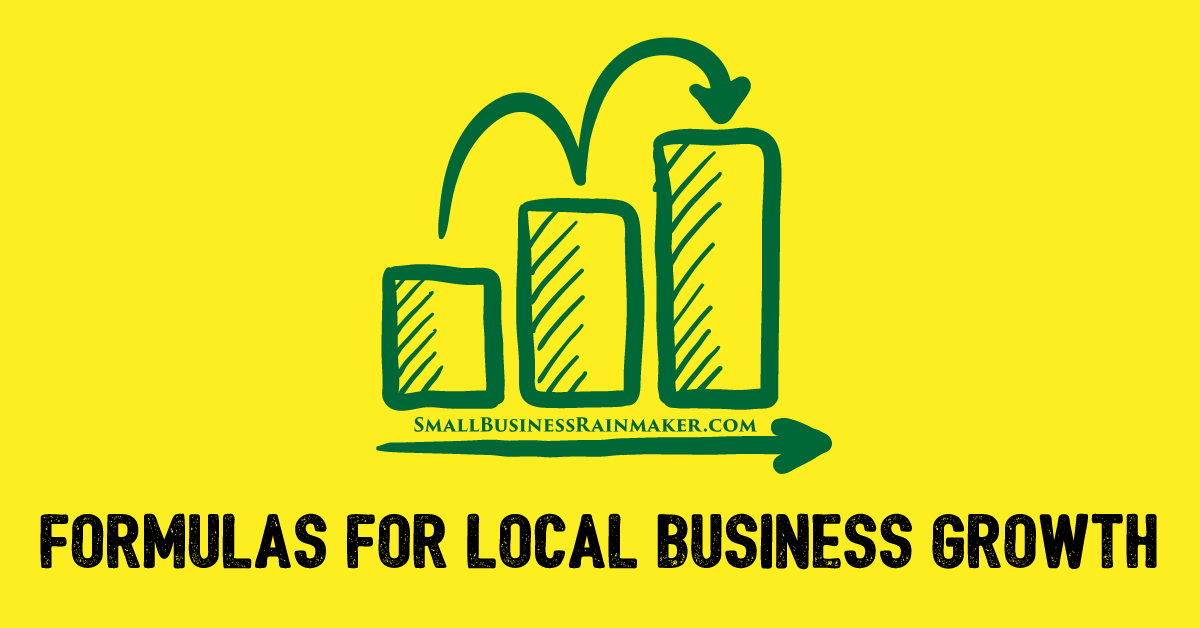
I recently saw a great marketing lesson acted out while having lunch with some friends at an outdoor café. The restaurant had a casual Sunday afternoon mix of families, young couples and sightseeing Harley enthusiasts enjoying the unseasonably warm weather.
Seated directly across from me was one of the biker tables with three middle aged gents decked out in leather, rock-n-roll T-shirts, doo rags, sunglasses and at least one scruffy gray beard.
With a lone pretty drink balanced on her tray, our waitress sauntered over to their table to ask, “Did anyone here order a Shirley Temple?” Three biker jaws dropped simultaneously. After two seconds of utter silence, every patron within earshot simultaneously burst into laughter.
The poor waitress was so single-minded in her search to understand she could never find the right customer at the wrong table. One glance at that group should have been enough to move her along to the next table!
When we formulate marketing or client acquisition strategy without a description of our ideal client, we might as well be presenting Shirley Temples to groups of bikers. In a recent article we talked about the tremendous importance of asking and answering, “Who is my ideal client?”
(Related Article: The Most Important Marketing Question for Your Business)
Marketing is all about starting a conversation and a relationship with your prospective clients. If you don’t know who you’re talking to, it’s awfully hard to have a conversation that has meaning, is it not?
Experience has shown me this is a tough question for many small business owners to answer. Whenever I ask about ideal clients I get a list describing all of a company’s clients. Another popular answer from new business owners is that anyone is a prospect.
Why is it such a tough question? There are at least two big reasons and if we understand a little bit about why we have such a hard time, maybe it will help us get to the answer.
1) Your Technical Expertise Isn't Enough
The first reason has to do with something Seth Godin talks about in his classic business bestseller, The eMyth. Godin says that most small business owners start out as technologists. If, for instance, you own a printing business, perhaps you started out as a pressman, a production manager, a pre-press manager, a graphic artist or a salesman. Whatever it was, you were good at it. Then one thing or another led you to where you are now…in business.
The problem is that most technologists bring with them little or no business skills. It’s one thing to be a master pressman; it’s entirely another to have the skill set to acquire new customers, implement sales strategy, make payroll, hire and fire, handle finances and manage people.
Of course printing is an industry which revolves around technology. On the one hand you must focus on technology in order to keep up with everyone else. On the other hand, such a focus on technology can put you at a severe disadvantage should you neglect the art and science of business.
Keeping up with technology merely levels the playing field. At best, if you are an early adopter, it will only give you a temporary advantage. But in a fast-changing technological world, competitors will catch up in short order.
For technologists who are new in business it’s tempting to believe that any customer who will keep, for instance, the presses running (pick your favorite technology) is a good or even ‘ideal’ customer. We know this to be a false and usually fatal business philosophy.
Perhaps you already have customers that cost you money on every job. Perhaps they cost you time (which is money.) Or perhaps they aggravate you and compromise your ability to handle those customers who are profitable and easy to deal with. Ultimately, why wouldn’t you want all your customers to be easy to deal with and profitable?
2) How the 80-20 Rule Makes You...or Breaks You
This brings us to our second point, regarding the 80-20 Rule, a.k.a. the Pareto Principle or “the law of the vital few.” I’m sure you know it well but to refresh your memory in case you’re worn out from dealing with awful customers, the 80-20 Rule says that for any set of events, roughly 80% of the effects come from 20% of the causes.
For example, 80% of your sales come from 20% of your clients. It’s a simple law of economic distribution which can, and has been, demonstrated in business, nature, science and life in general. If you don’t believe me, run your own numbers. (I talked about it here in more detail in another article.)
What this means is that it’s critical for business owners to focus their efforts and resources on acquiring the type of customer that falls into that profitable 20%. But as technologists, that’s not what we instinctively do. Our gut tells us to strive for any customer that will keep us busy. How often have you heard print shop owners talk about “keeping the presses busy?”
It takes a rational, deliberate decision to allocate all your marketing and sales resources towards acquiring the ideal client. When you’re new in business, this is a frightening prospect.
Paralyzing questions and doubts abound. What if I lose customers? (You will, and that’s a good thing if they are unprofitable.) What if sales go down? (It’s possible but when you attract your ideal client, profits will go up.)
The bottom line is that we must answer the business question, “Who is my ideal client?” Then it becomes easy to focus our efforts on reaching and communicating with them on a regular basis.
If you are struggling to answer this question, remind yourself that you are removing the comfortable robe of technologist and donning the strange new attire of a business person. Just as you mastered your technology, you can master business. But don’t forget that it is a new and different set of skills. By defining your ideal client, or a set of ideal clients, you are well on your way.
Oh yes, after a long search, the waitress eventually found her customer. Not surprisingly, it was a teenager on staff taking her lunch break.
Now if the waitress had her ‘ideal customer’ profile in mind to start with (under 21, probably a girl) the search would have ended much sooner.
But watching it unfold like this was a heck of a lot more fun!















Leave a comment